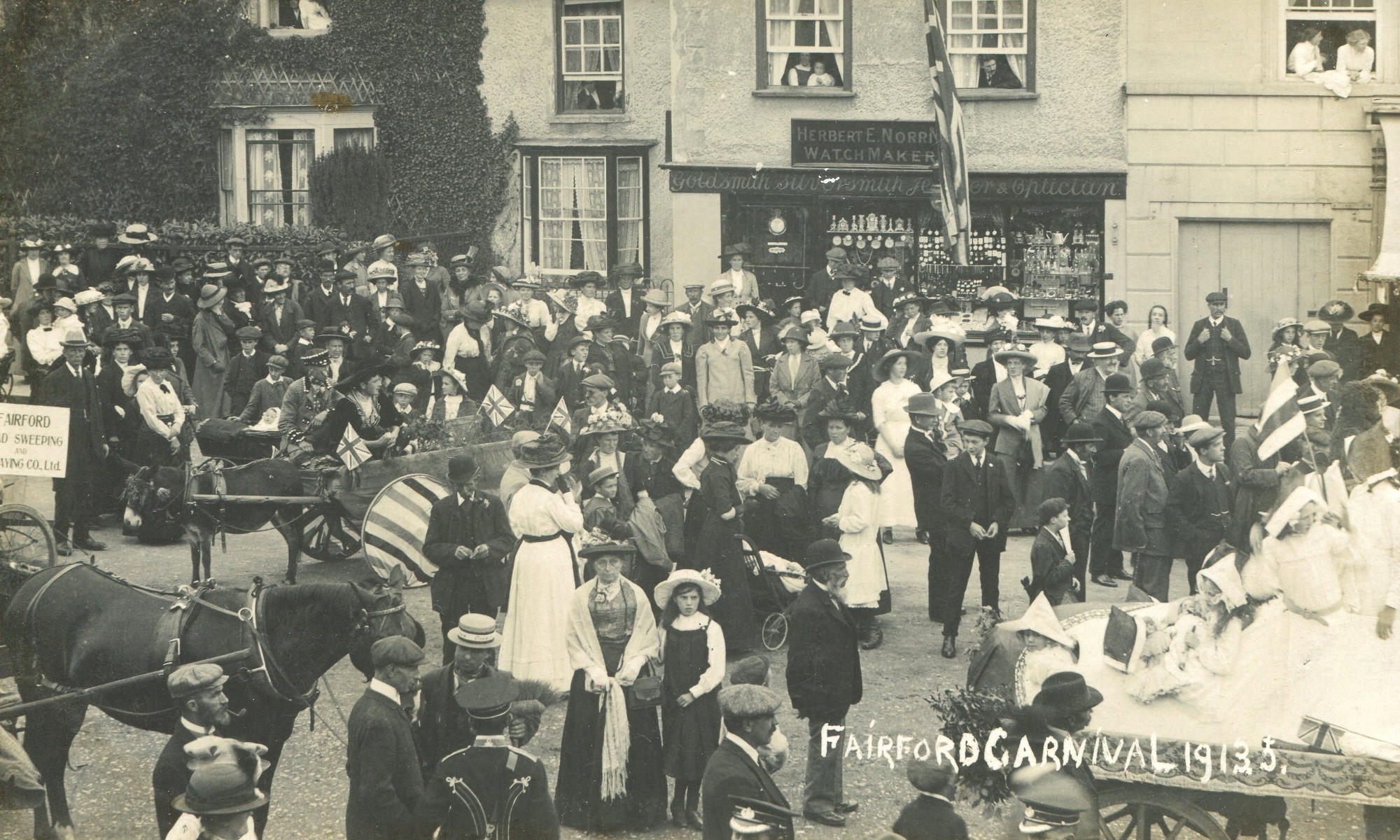The 1327 Lay Subsidy
In late 1326 a popular rebellion led by Roger Mortimer, 1st Earl of March resulted in King Edward II being deposed and imprisoned. The King’s closest supporter Hugh le Despenser the elder, who was lord of the manor of Fairford at that time, was captured and executed. The King’s son was crowned as Edward III on 25 January 1327 and his father died, probably murdered, while imprisoned in Berkeley Castle in September of that year. However, as the new king was only 14 years of age at that time England was in effect ruled by Mortimer and his lover Queen Isabella, Edward III’s mother. One of the earliest pieces of legislation of the new reign was passed in September to order a Lay Subsidy, a nationwide tax of the laity intended to raise money to renew hostilities against Scotland which Edward II had pursued unsuccessfully for some years.
The Lay Subsidy of 1327 was a flat rate tax of one twentieth of the value of each person’s moveable goods, hence the tax is also known as the Twentieth. The majority of moveable goods were cattle, sheep and crops and therefore the tax fell harder on the rural population than it did on those in the major towns. Two prominent local men in each county were appointed as Chief Taxers, those for Gloucestershire being Sir William Tracy and Robert de Aston. They then appointed other local men, known as Subtaxers, to conduct the assessment and collect the money from people. Those who were taxed included everyone from the lord of the manor down to his peasant tenants (both freemen and serfs), traders and craftsmen as long as they had moveable possessions worth at least 10 shillings. The list of names, the Roll, was drawn up and sent to the Exchequer in Westminster for approval. The assessment took some time to complete and it was not until between February and June of 1328 that the money was actually collected.
Fortunately the Lay Subsidy Roll for Gloucestershire has been preserved in The National Archives and lists about 9,000 names of residents who were taxed in the county. The list for Fairford (written as Fayreforde) consists of 81 names and this is one of the earliest sources of the names of inhabitants of medieval Fairford. The total value of the tax to be collected from Fairford was £7 and 17 shillings (equivalent to just over £4,800 in 2020 money).
As a comparison the figures for the local area is as follows:
Fairford 81 names £7 17s 0d
Kempsford 74 names £6 15s 1d
Lechlade 59 names £6 11s 4d
Meysey Hampton 19 names £2 14s 2d
Southrop 22 names £2 11s 2d
Hatherop 30 names £1 19s 11d
Quenington 16 names £1 16s 9d
The list of names for Fairford reveals some interesting information. Firstly, of the 81 residents assessed for tax, 14 of them were women; quite likely most of these would be widows who held property in their own right. One of the women was Alice de Warenne, Countess of Arundel who had been granted Fairford manor after her husband had been executed on the orders of Queen Isabella on 17 November 1326 for being one of the very few noble supporters of Edward II and the Despensers. Alice was assessed in the Subsidy Roll at 5 shillings and 6 pence, almost certainly nowhere near her real taxable value. Alice only remained Lady of the Manor of Fairford for about a year as it was granted back to Eleanor, the widow of Hugh le Despenser the younger, in 1328.
Despite Alice’s exhalted position she was not the highest rated person in Fairford in the Subsidy. William Spark was valued at 9 shillings and 4 pence and Robert Hikeman was close behind at 9 shillings and 3 pence. In the 15th Century members of the Hicheman family were living in Kempsford and Lechlade and Robert Hicheman was one of the executor’s of John Tame’s will of 1497. It is possible that Robert Hikeman was an ancestor of these Hichemans.
It seems that several families were dominant in Fairford in 1327. There were three members of the le Longe family: William, Agnes and Matilda who were assessed separately for a total of 6 shillings and 3 pence while the four members of the Pirk family were valued to a total of 11 shillings and 2 pence. There are five other instances of people bearing the same surname including Edith and Matilda de London. If this surname represents the origin of Edith and Matilda then they were not originally ‘locals’. Another potential non-local was William le Vlips who possibly came from what is now the Netherlands. Someone who most certainly was local was another woman, Alice Horcote. At this date Horcott may just have been a farm or a tiny hamlet at the most; there had been a mill on the Coln there from the early 12th Century but Horcott only consisted of seven houses by about 1710.
In the 14th Century many surnames were taken from occupations as well as from a place of residence or origin. James and John Baker are actually recorded as ‘Pistore’ (Latin for baker) in the Subsidy Roll while the name of Peter le Wolmonger is an indication of the wool trade that would prove to be the making of the Tames in the 15th and 16th centuries. William Abbot and John Bisshop may have acquired their surnames from them or one of the ancestors having been employed by the clergy.
The information in this article is drawn from an excellent book by Doctor Peter Franklin titled ‘The taxpayers of medieval Gloucestershire: An analysis of the 1326 Lay Subsidy Roll with a new edition of its text’ published by Alan Sutton in 1993.
